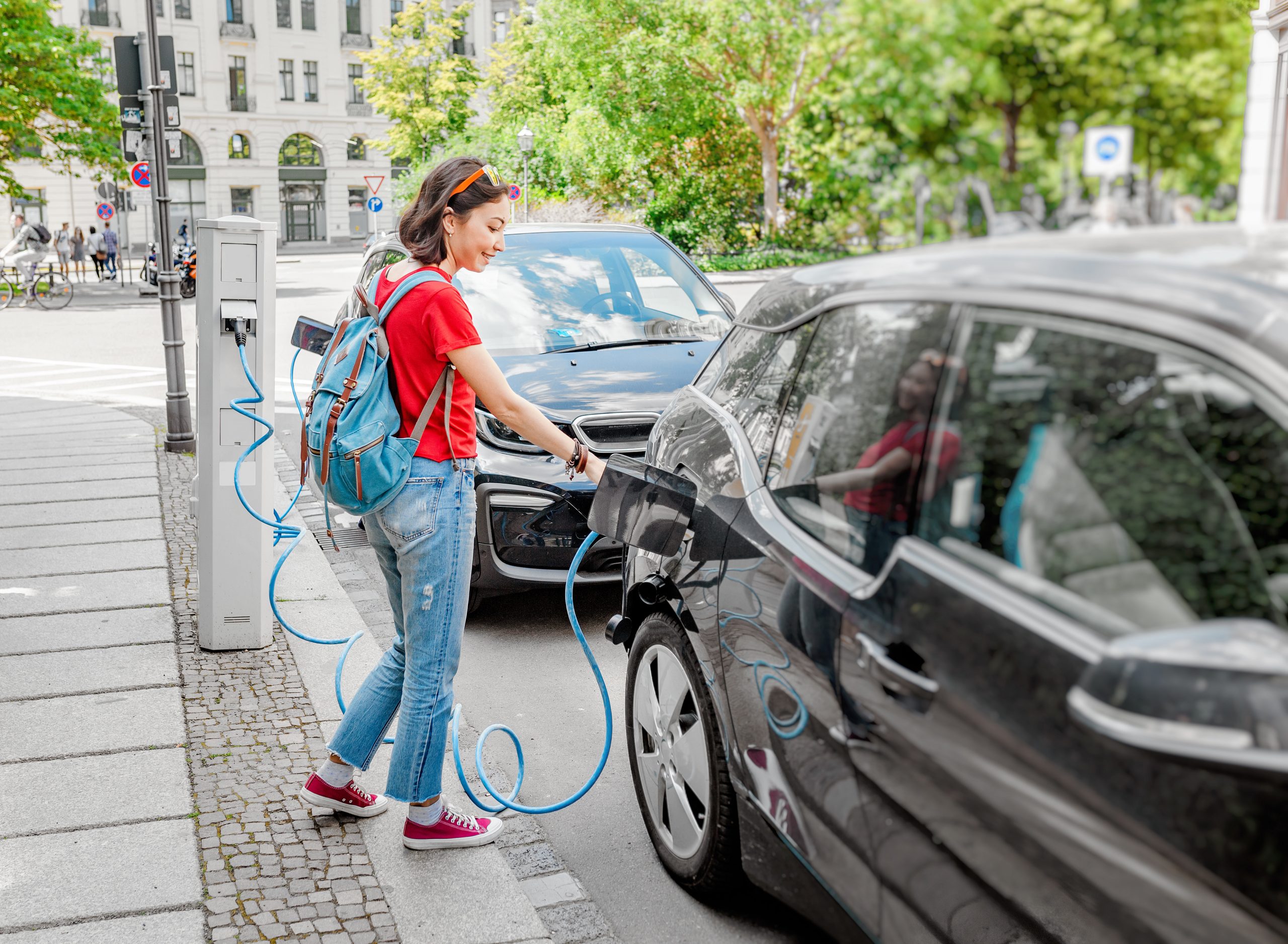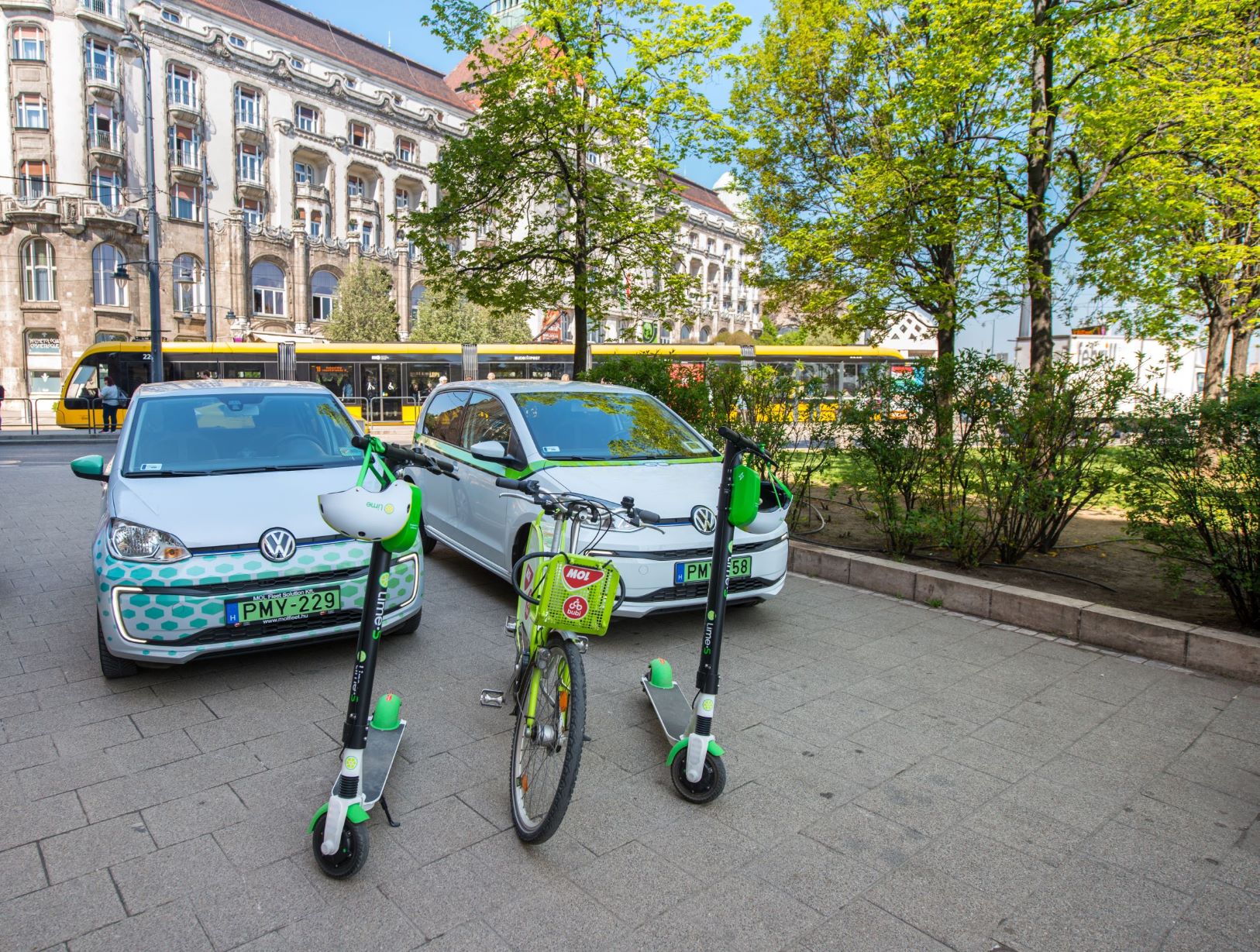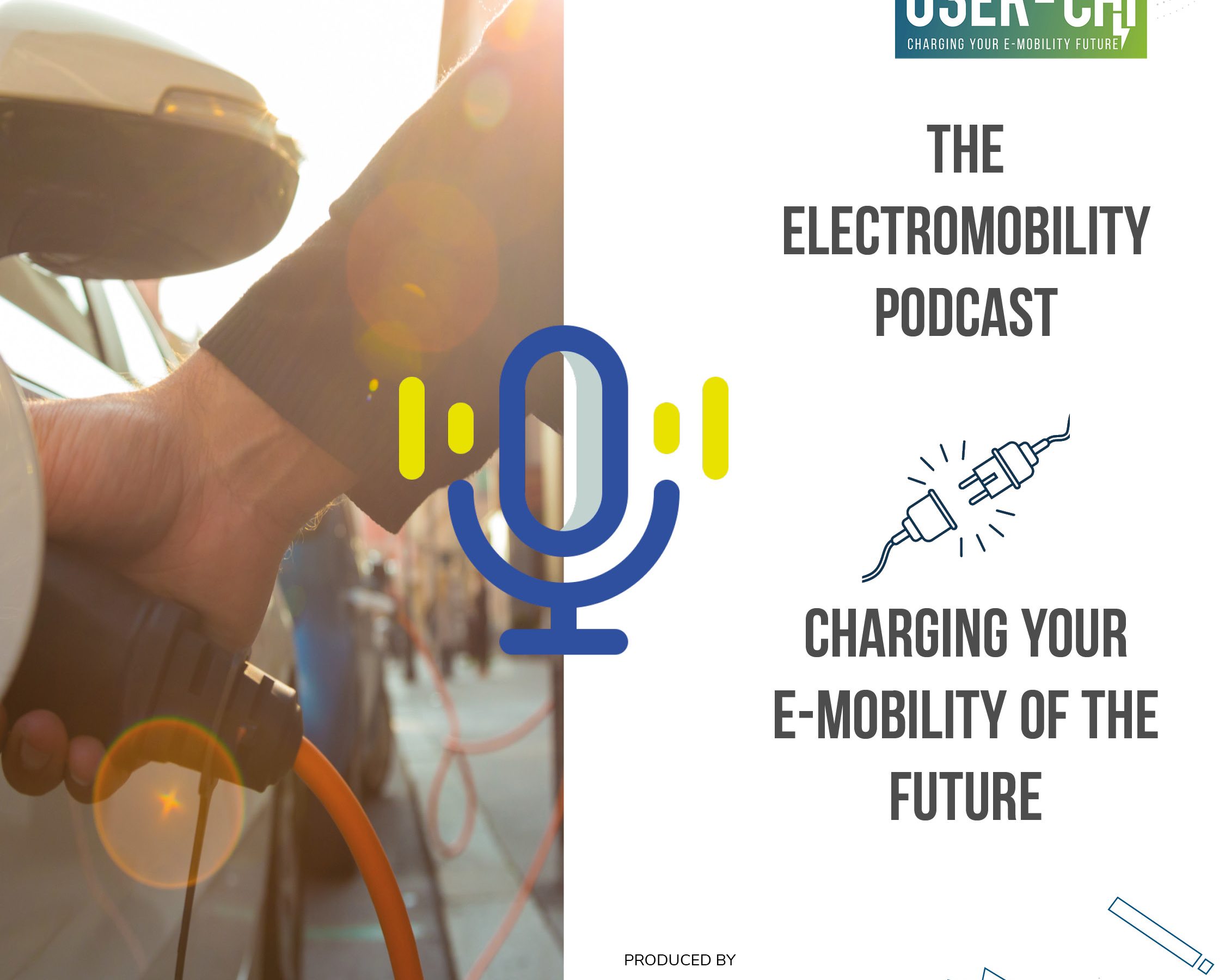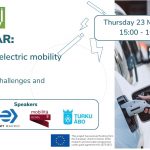Despite a devastating pandemic and accompanying economic crisis, 2020 turned out to be better for electromobility than previously predicted, with sales of electric vehicles hitting record highs and a renewed focus on electric vehicles from political figures.
With another year upon us, there are many promising signs for electromobility, and more specifically, electric vehicle charging. The European Union’s Sustainable and Smart Mobility strategy is calling for 3 million public charging points by 2030, which will hopefully match the demand brought on by the increase in electric vehicle sales.
What’s more, there is pressure on the European Commission to fast-track the review of the EU Alternative Fuels Infrastructure Directive as part of its COVID recovery plan and include targets for infrastructure roll-out.
Read on to find out what six experts from the USER-CHI project believe 2021 will hold for electromobility and electric vehicle charging in their sectors.

Antonio Marques, Director of Technology and Innovation, ETRA I+D
Even during a 2020 heavily impacted by the pandemic, the electromobility market has shown clear signs of approaching a turning point. A better macroeconomic scenario after the arrival of the vaccines, combined with the substantial investments in charging infrastructure as part of recovery funds will mean that 2021 will be this turning point. But all these largely positive circumstances may not be enough if they are not accompanied by the right technology. The key for the large-scale success of electromobility is not just in the vehicles or in the charging infrastructure; we need to put the user in the centre and invest every effort to make their experience as smooth and satisfactory as possible. That’s what we’re doing at USER-CHI: we envision charging points that ‘look for the user’ rather than the other way round.
The factors associated to the EV themselves such as price and range are improving relatively quickly, pushed by the market forces. But Charging is a bit more complex, since it involves not just deploying hardware but the cooperation of an ecosystem of different players such as local authorities, utility companies, charge point operators, and so on. This is the reason why we think it is necessarily going to receive more attention. USER-CHI is already working on this need.
Our challenges this year are based around interoperability, smart charging, planning and stations of the future. These are very demanding and are involving the work from multiple stakeholders. However, there are opportunities, such as inductive charging, which would transform the charging dynamic completely. Smart charging is a challenge but will also bring huge opportunities to utilities, for example, improving balance and stability of the grid. This pandemic has made us to change, not only the way we move around, but also the way we interact with others and with the environment. It’s up to us how we define this ‘new normal’, but we believe this can be a very favourable context for the large-scale adoption of electromobility. In USER-CHI, we are investing all our energy in making this process successful and sustainable.
Eliana D’Avino, e-Mobility specialist, Enel X
Enel X will continue working on Enel Group’s vision, investing in the deployment, as Charge Point Operator (CPO), of charging stations in its core markets such as Italy, Spain and Romania. What’s more, we will work to increase the roll-out of fast and ultra fast charging units up to 350kW and continue to make charging points across European markets more accessible with our JuicePass app.
With the news that the EU wants to plot three million public charging points across the continent by 2030, Enel intends to invest in the development of an extensive electric charging grid at national level, since the rise in the demand for electric vehicles was already experienced in 2020 and will be even stronger in 2021. The real challenge will be accommodating the market trend, which sees electrification of mobility having an unpredictable rise, with demand growing more and more each day.
This is even more important for us as the COVID-19 pandemic increased the growing trend of electromobility, under the pressure of environmental national and international policy pressure, but also thanks to civil society’s increased awareness on the benefits that the shift toward zero-emissions transport choices will have.

Rossend Bosch, Metropolitan Area of Barcelona
Despite the pandemic situation, I think 2021 will be good for electromobility. There are more electric vehicles in the market, more environmental awareness, and more users. Political figures are also becoming more focused on the importance of electric vehicle charging.
Barcelona’s priorities are to enlarge the charging network and improve the quality of service. But there will be challenges, such as introducing payment for charging operations without affecting the increase of electromobility. But conversely, an opportunity is that we can make the most from the pandemic’s effects relating to health – for example, more electromobility means better air quality in cities – and individual transport modes such as electric scooters, electric bikes, electric motorbikes, electric bike and scooter sharing, and much more.
Matilde Chinellato, USER-CHI Project Coordinator, Eurocities
The electromobility revolution has gained political momentum in 2020 and I am confident it will continue to accelerate in 2021. The COVID-19 crisis has shows that citizens enjoy less polluted cities, where electromobility is central part of the solution. The sale of electric cars has increased in 2020 and is guiding a demand for more charging points all across Europe. What’s more, the EU’s impulse to cut greenhouse gasses and become a carbon-neutral continent by 2050 will continue to fuel a green transition of the transport sector through new EU legislation later this year.
We have the opportunity this year to bring forward those measures that will foster change in the electromobility market and will ensure carbon neutrality, such as higher CO2 standards for vans and cars, user-friendly charging points, using digitalisation as an enabler, and energy taxation that makes smart charging more convenient. But we must make this transition inclusive and to not leave anyone behind – we could achieve this through integrating electromobility into public transport, walking and cycling.
We must prioritise the user experience, making information and accessibility of charge points clearer and streamlined across Europe – a challenge that we aim to tackle in USER-CHI. Cities are the closest level to citizens and need to be consulted in the national plans for the deployment of charging infrastructure. The EU’s commitment to roll out 3 million public charging points by 2030, together with the ambitious Next Generation EU recovery plan, will certainly offer a path for a green economic recovery and will boost the electromobility market.

Tobias Lange, Energy and Services department of Gewobag public housing company, Berlin
This year, we need to understand what kind of impact the uptake in private electric vehicles has on our existing building stock. With yet again rising numbers in vehicle registrations, 2021 will reveal that electric vehicles are not only a temporary trend, but an unstoppable transition. However, as we focus primarily on social housing, most of our tenants will statistically not be among the early adopters of electromobility.
On top of the overall costs of the infrastructural setup, another challenge is several still-existing uncertain variables within the field of electromobility. For example, it is unclear how cost distribution will be managed or what market developments look like. A large opportunity for Gewobag is developing an answer for electric vehicle uptake and charging infrastructure needs that will strongly incentivise the choice towards an electric vehicle among our tenants.
It’s possible that the coronavirus crisis will represent a dent in the uptake of electric vehicles this year, as it yields additional uncertainty. But in the long run, we do not believe that it has a decisive effect on the general implementation of the technology or the goal of making the housing sector electromobility-ready.
Alessandra Barbieri, City of Florence
The challenge of the last year provided the world a great opportunity to rethink mobility, among many other issues. The decrease of carbon dioxide emissions as the result of pandemic has shown how pollution is directly linked to fuel-burning vehicles. What’s more, light electric vehicles like e-scooters and e-bikes are providing a cheap, safe and clean alternative to polluting vehicles. This year will be crucial to consolidate best practices for an e-future in Florence.
Our top priority in 2021 is to boost measures to enable multi-modality. Replacing cars with electric vehicles is important, but it’s not enough if we can’t decrease congestion in Florence. To do this, we’re promoting the use of public transport – such as our tram – and increasing charging points at interchange hubs for increased multi-modal transport. The pandemic has shown that cities are resilient and have a creative attitude and, above all, they have demonstrated that they can be the place where all these crises can be faced in different manners. But there are challenges such as climate change, rising inequalities and weakening of democracies. Cities put a better quality of life for its citizens first, which is why Florence aims to combat air and noise pollution by planning to add 100 charging points to the city’s network of 200 existing locations.
Electric vehicles are set for a boost this year. The municipality is about to launch a €3.5 million state-funded incentives programme to boost a citizen’s car fleet renewal, targeting older fuel-burning vehicles to exchange against sustainable ones. The project has a view to build a new access regulation to the historical centre of Florence for most polluting vehicles.





